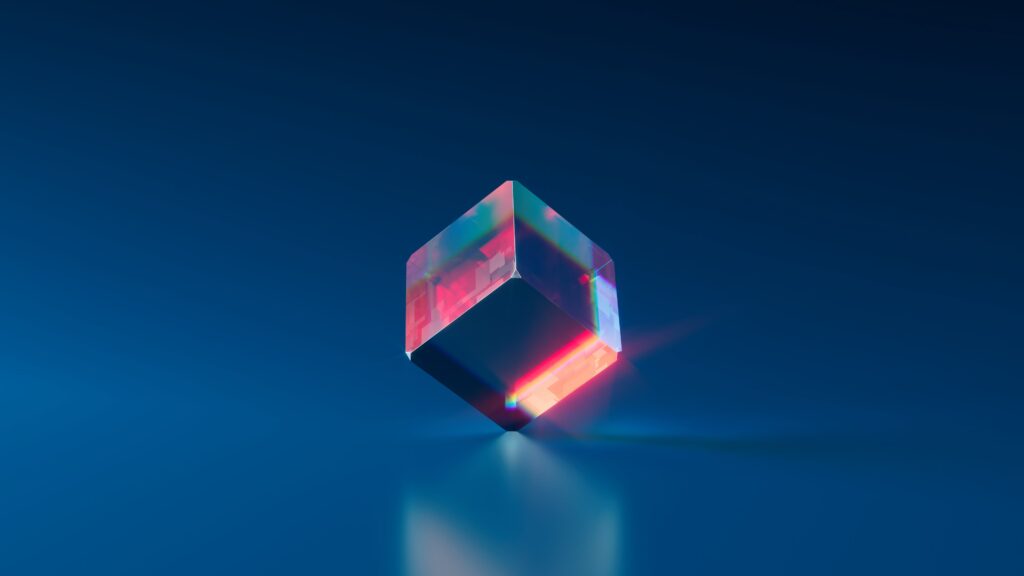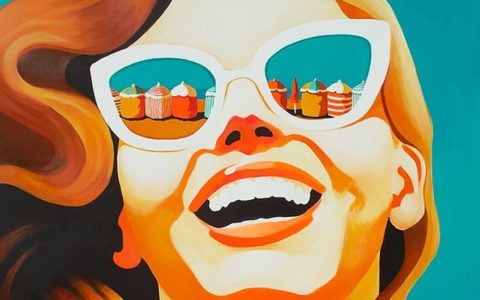Digital Art – A Whole New World
Digital art refers to any art created using digital technology, such as computers, tablets, or mobile devices. It can encompass a wide range of mediums, including graphic design, animation, video, sound, and interactive media. Digital art is created using software programs and applications. It allows artists to manipulate and create images, graphics, and visual effects with precision and control.
Digital art can be created using a variety of techniques and tools.
Including vector graphics, raster graphics, 3D modeling and animation, and video editing software. Many digital artists use a combination of these tools to create their work. The digital medium allows artists to experiment with different techniques and styles in a way that is not possible with traditional art forms.
One of the benefits of digital art
An ability to edit and revise work easily, making it an iterative process that can be refined and improved over time. Digital art also allows for the creation of high-quality reproductions that can be easily shared and distributed online. Reaching a wider audience than traditional artwork.
Digital art is often associated with new media art, which is a contemporary art form that uses digital technology to create interactive and immersive experiences. New media art often combines digital technology with other art forms, such as performance, sculpture, and installation art.
Overall, digital art is a dynamic and constantly evolving field that offers artists a wide range of creative possibilities. As technology continues to advance, it is likely that digital art will become an increasingly important part of the art world and escrita com luz art.
TEN FORMS OF DIGITAL ART
- Digital painting: creating art using digital tools that simulate traditional painting techniques.
- Vector art: creating graphics using mathematical equations that define shapes and lines, resulting in scalable and easily editable images.
- Pixel art: creating images using small, individual pixels to form a larger picture, often associated with retro video games.
- 3D modeling and animation: creating virtual objects or characters and animating them to produce realistic or stylized movements.

- Photo manipulation: using digital tools to alter, enhance or combine photographs to create new and unique images.
- Motion graphics: creating animated graphics that combine video, animation, and typography to convey information or create a visual story.
- Digital collage: creating a visual composition by combining different images, textures, and shapes into a single image.
- Interactive art: using digital technology to create art installations or experiences that allow the viewer to interact with the art and participate in its creation.
- Generative art: using algorithms and code to create art that is created in real-time or continually evolving, often creating unpredictable or unique results.
- Virtual reality art: creating immersive art experiences using virtual reality technology, allowing the viewer to interact with and explore a virtual world.
MOST POPULAR DIGITAL ARTISTS IN THE WORLD
The most well-known and influential digital artists are:
- Joshua Davis.
- Rafael Lozano-Hemmer.
- Casey Reas.
- Golan Levin.
- Camille Utterback.
- Zach Lieberman.
- Yugo Nakamura.
- John Maeda.
- Vera Molnár.
TEN MOST FAMOUS DIGITAL ARTWORKS
- “My Boyfriend Came Back From the War” by Olia Lialina
- “The Treachery of Sanctuary” by Chris Milk
- “I Want You to Want Me” by Jonathan Harris and Sep Kamvar
- “The Sheep Market” by Aaron Koblin
- “The Johnny Cash Project” by Chris Milk and Aaron Koblin
- “The Clock” by Christian Marclay
- “The Whale Hunt” by Jonathan Harris
- “10,000 Cents” by Aaron Koblin
- “Sonic Garden” by Kit Webster
- “Rain Room” by Random International
Please note that this list is not exhaustive, and there are many other famous and influential digital artworks that have contributed to the field of digital art.
MOST EXPENSIVE DIGITAL ARTWORK SOLD
The most expensive digital artwork sold to date is “Everydays: The First 5000 Days” by the digital artist Beeple (real name: Mike Winkelmann). It was sold for a staggering $69 million at a Christie’s auction in March 2021.
The artwork is a digital collage of 5,000 individual images that Beeple created and posted online every day for over 13 years, starting in May 2007. The images range from abstract designs to political satire to pop culture references. Beeple compiled them into a single digital artwork, which was sold as a non-fungible token (NFT), a unique digital asset that is verified on a blockchain.
The sale of “Everydays” was significant because it marked a major milestone in the acceptance and recognition of digital art as a legitimate form of art. The high price paid for the artwork also reflects the growing interest and investment in NFTs and blockchain technology. Additionally, the sale was heavily publicized, with many people speculating on the significance of the sale and what it means for the future of art and technology.


You must be logged in to post a comment.